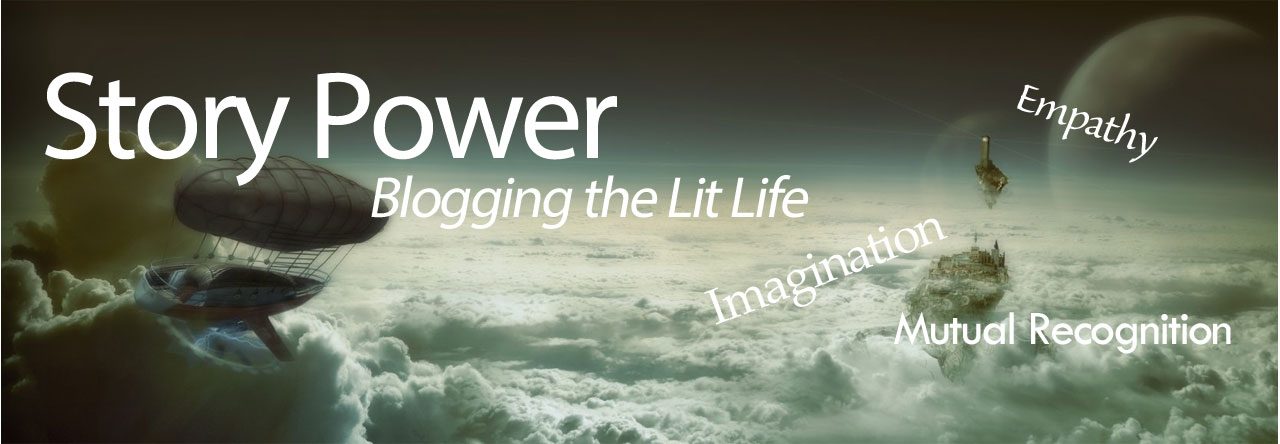Reflecting on my senior year, I find myself in between the feelings of excitement and nervousness as I prepare to step into the future. It is a sappy ending for high school. I have had so much fun here at OPRF and have made a ton of memories and friends that I will remember for a long time. Specifically in my AP Lit class, I have had a lot of reading time to reflect on many powerful stories throughout the year. This year has been a long journey of self-discovery and has been shaped by several powerful narratives like “Exit West” by Mohsin Hamid, and “King Lear” by Shakespeare. These two stories have stayed with me the most and have taught me several lessons that I will be able to learn from and encounter and face in my future as an adult.
The first story “Exit West” introduced me to the concept of doors as portals to new possibilities. Just like in the book where Nadia and Saeed stepped through these mystical doors to escape the conflict and find a safe place to settle down. I too have also learned the value of embracing change and seeking opportunities to grow. While I am not necessarily in conflict where I am right now but I am about to step through one of those mystical doors, leading to a new place and new chapter in my life. Those doors will lead me to become a new person where I will be forced to grow and forced to make a lot of new life decisions, and It will not be easy. I am scared and confused about these doors but I do know that I have to step through them and live and learn wherever I end up on the other side of these doors.
In the second story/play “King Lear,” the theme of power’s impermanent nature has stayed with me. King Lear’s tragic journey from authority to vulnerability highlighted the value of power and the importance of humbleness. This story has taught me the value of humility in leadership and how one does not hold onto power their whole life. I say power when I also mean status. I found that throughout high school I have not had a hard time being social and making a lot of friends. A lot of these people I have known for almost 7 years. Now as I am leaving my home town for someplace new, I will have to remake all new friends again and wont have super strong relationships at first. One thing I loved about high school was that each year I had people who I had known for years back and I didn’t have to stress about meeting all new people. I felt as that throughout high school, knowing a lot of people made me feel like I had power and status. Now I have a new chapter in my life where I almost lose my power and status and need to regain it. I can also relate this to my leadership class. For leadership, we leaders all have our own classes of new freshmen to our school and we guide them throughout the year and help them with whatever they need. We spend our time with them and bond with as many as possible. It gives us leaders power and status because we are the ones teaching our freshmen the ways of the school. Now going into college, I am the new freshman, worried about what I should and should not do, who I should hang out with, and so much more. Just like in the play King Lear, Lear loses his power and status as he grows older and so am I as I am becoming a mature young adult.
Overall, these texts have transformed me by broadening my worldview, and deepening how I perceive life. As I look ahead to the next chapter of my life, I want to carry these lessons and insights with me. I am worried but willing to navigate the challenges and opportunities that I will face with a new sense of self-awareness and purpose.
